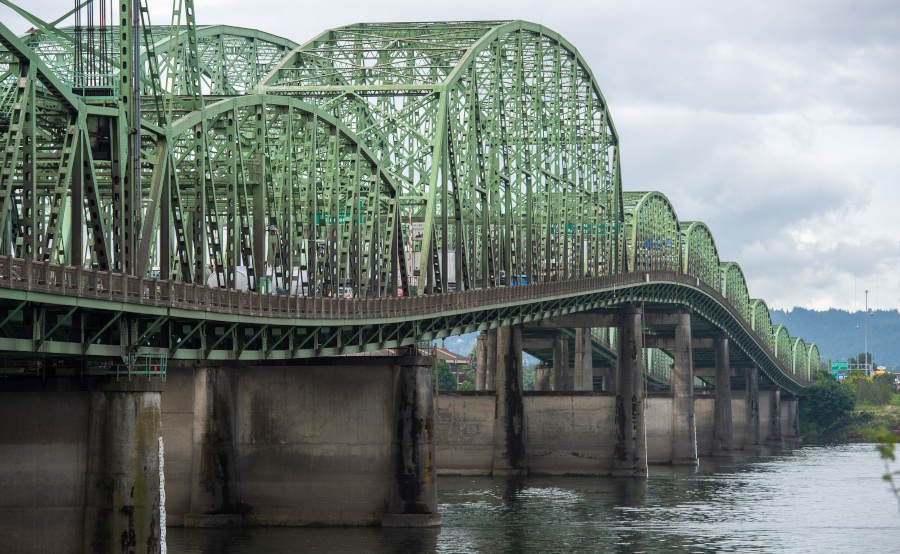Led by Vancouver, Wash., mayor Anne McEnerny-Ogle, the subtle revival of the Columbia River Crossing conversation may have started.
And quite the discussion it will be.
Since getting officially canned in spring 2014 following a political nightmare of a situation between legislators of Washington and Oregon (okay, so it was solely the Washington legislators who killed the project), the idea of finding a solution to the aging and congestion-inducing 100-year-old Interstate Bridge, which carries Interstate 5 traffic between Portland and Vancouver, has fallen effectively dormant.
Dormant discussions don’t solve problems.
In a recent interview with The Oregonian newspaper, McEnerny-Ogle was optimistic that an “apology tour” led by Washington leaders could bring Oregon leaders back to the point of being willing to discuss a solution to the problem.
In 2014, Washington legislators killed the official bi-state project, which had already spent nearly $200 million and received numerous permits, by blocking funding to move forward on the $3 billion project. The early money was spent in a near-even split between the states’ two departments of transportation. Those permits and environmental studies are largely still valid if the crossing idea were revived, revealed a 2017 report commissioned by Washington.
While nothing will happen in the next few months on the concept of the bridge — hey, what’s new? — the possibility of legislators again being willing to discuss options for replacing the bridge could again happen with a new slate of individuals after the November 2018 general election. At least, that’s what McEnerny-Ogle hopes for. Some of the largest opponents of the bridge have already departed their positions, after all.
Since 2014, which was already decades into discussions of how to solve the growing problem of the I-5 bridge, traffic has only grown. Washington state stats show that the two miles from State Route 500 to the bridge, which crosses the Columbia River that serves as the border between the two states, offers the most congested highway stretch anywhere in the state. That includes Seattle, Bellevue, Everett and Tacoma. Average speeds run at nine miles per hour. Nine.
As drivers shift east toward the Interstate 205 Glenn Jackson Bridge they don’t find relief.
The problem is real and there was a solution settled on, or so many thought. The bi-state delegation that selected a multibillion-dollar bridge with light rail that extended mass transit and widened the crossing hit an end in 2014 without statewide support in Washington. But leaders in southwest Washington aren’t giving up, already looking to salvage parts of the Columbia River Crossing plans. New transit authority directors, new mayors and new leaders in plenty of locations may leave the failures of 2014 behind.
Of course, without formal discussions started yet, we don’t have official progress. But we soon may. Then again, folks in Portland and Vancouver have heard all this before.
Follow Tim Newcomb on Twitter at @tdnewcomb.


Post a comment to this article
Report Abusive Comment